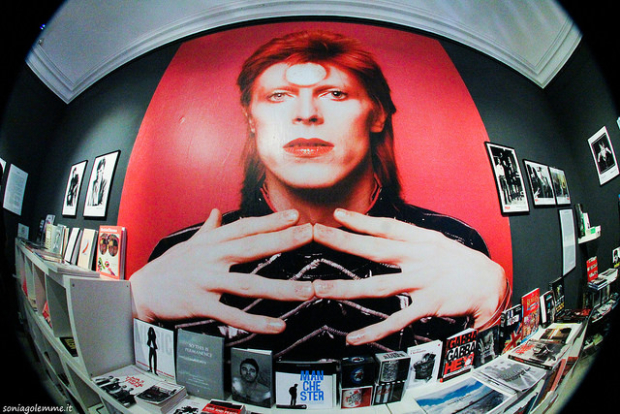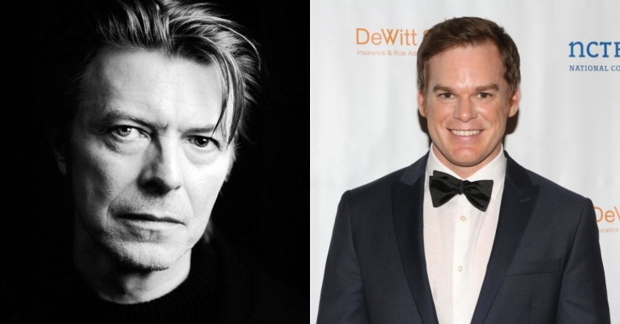David Bowie's art collection shows his true genius
There was huge excitement at Sotheby’s London saleroom this week when a collection of some 400 items from the late David Bowie‘s art collection went on display to the public. Most of us aren’t going to be able to muster the £3 million asking price for the top priced item – a rather good Jean-Michel Basquiat – never mind the £300 at the lower end for some outsider artists and some rather weird objets d’art.
But looking around his art collection, or at least the proportion of it that his family is putting up for auction on November 10 and 11, is a way of gazing into his mind, of feeling closer to someone who has been such a huge influence on the way that many of us absorb and think about culture.
It was through Bowie that I first experienced the songs and plays of Bertolt Brecht and Kurt Weill
I was fascinated by it, not least by his fondness for the kind of art that my mother might have loved – the British art of the 1950s, which conjures a different view of a lost country, almost nostalgic, but tinged with a dingy realism. He had a brilliant eye for the best of dark portraits by David Bomberg, bright abstracts by Ivon Hitchens and a taste for splodgy landscapes of the type I love in the form of paintings by William Scott and William Nicholson, Jack Butler Yeats, and two amazing, shape-shifting heads built up from layers and layers of paint by Frank Auerbach.
There were also some beautiful and deeply unfashionable small, figurative sculptures, and a portrait of a woman isolated in an empty room by Harold Gilman that I would happily have stuffed up my jumper and taken home.
In front of that Gilman – an artist who was central to the Camden Town group in the 1890s – I felt the excitement I’d always felt when a Bowie album or interview came out. He was once again introducing me to something I didn’t know, acting as my guide to a new cultural discovery.
Bowie always emphasised was the power of discovery itself
When I was growing up with him from the 1970s onwards, those informal tutorials extended beyond art (Andy Warhol) into theatre. It was through Bowie that I first experienced the songs and plays of Bertolt Brecht and Kurt Weill. Bowie’s version of the "Alabama Song" was the first I ever heard – and led to the great discovery of Lotte Lenya and an entire world of theatre. He also introduced me to the thinking of Artaud.
But the other quality that Bowie always emphasised was the power of discovery itself. He wasn’t one to rest on his laurels – always pushing onwards into new fields. You can see this impulse in his art collection too. He likes work that is unresolved – or that is struggling towards resolution. He bought some wonderful paintings by Peter Lanyon, noted painter of Cornwall, which are noticeable for the way they reach out towards something felt but not quite known. He bought too the palette of Stanley Spencer, visible symbol of the artist’s creativity – one which hangs near a lovely, very domestic little Spencer painting, where the people of Cookham bring out their mattresses for airing.
He was what an artist should be: infinitely curious
This impulse towards exploring the nature of creation itself is why Lazarus, which opens next week, is such an interesting last note to Bowie’s extraordinary career. His swansong introduces a wider audience to the thought-provoking, crusading work of both Enda Walsh and Ivo van Hove. It breaks the bounds of the musical by using existing pop songs not just as a jukebox singalong but as a motor of plot. It explores new territory.
I haven’t seen it yet, but all the time I was looking at Bowie’s art, I felt excited about it. Bowie was to me what an artist should be: infinitely curious. I am glad that he left me two last journeys to travel after his death. And I hope that I will – that we all will – continue to be, as he was to the very end, someone to whom the world was always full of possibilities and new opportunities for extending our hearts and minds.












